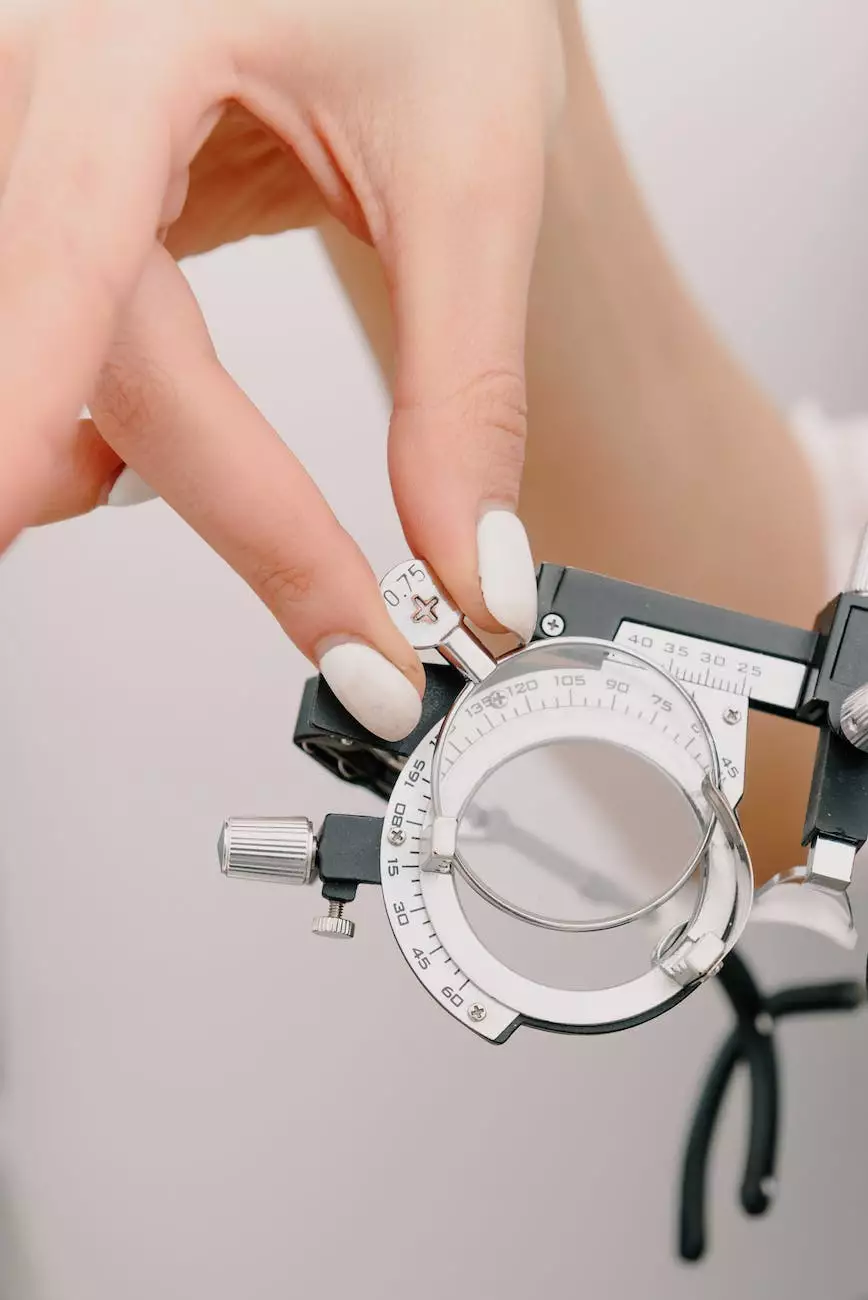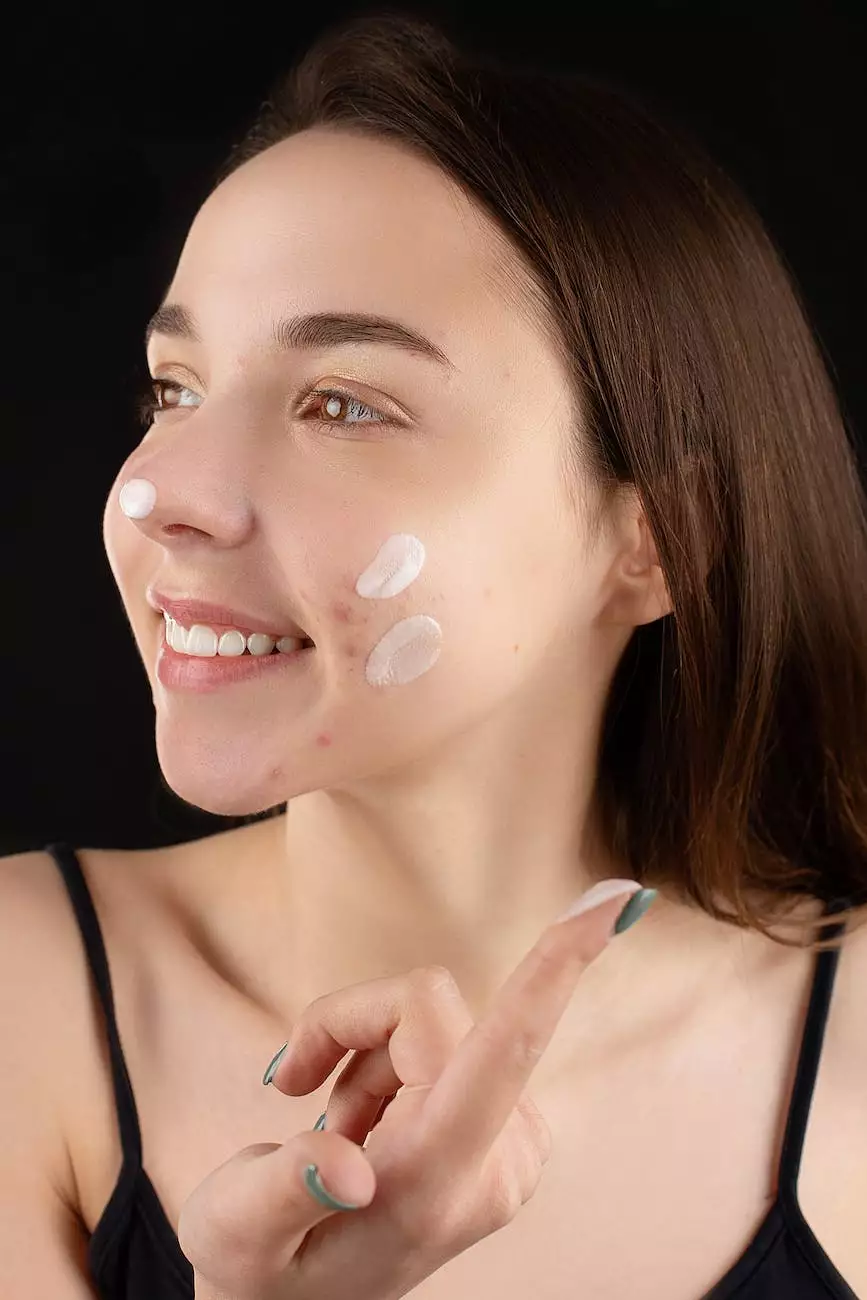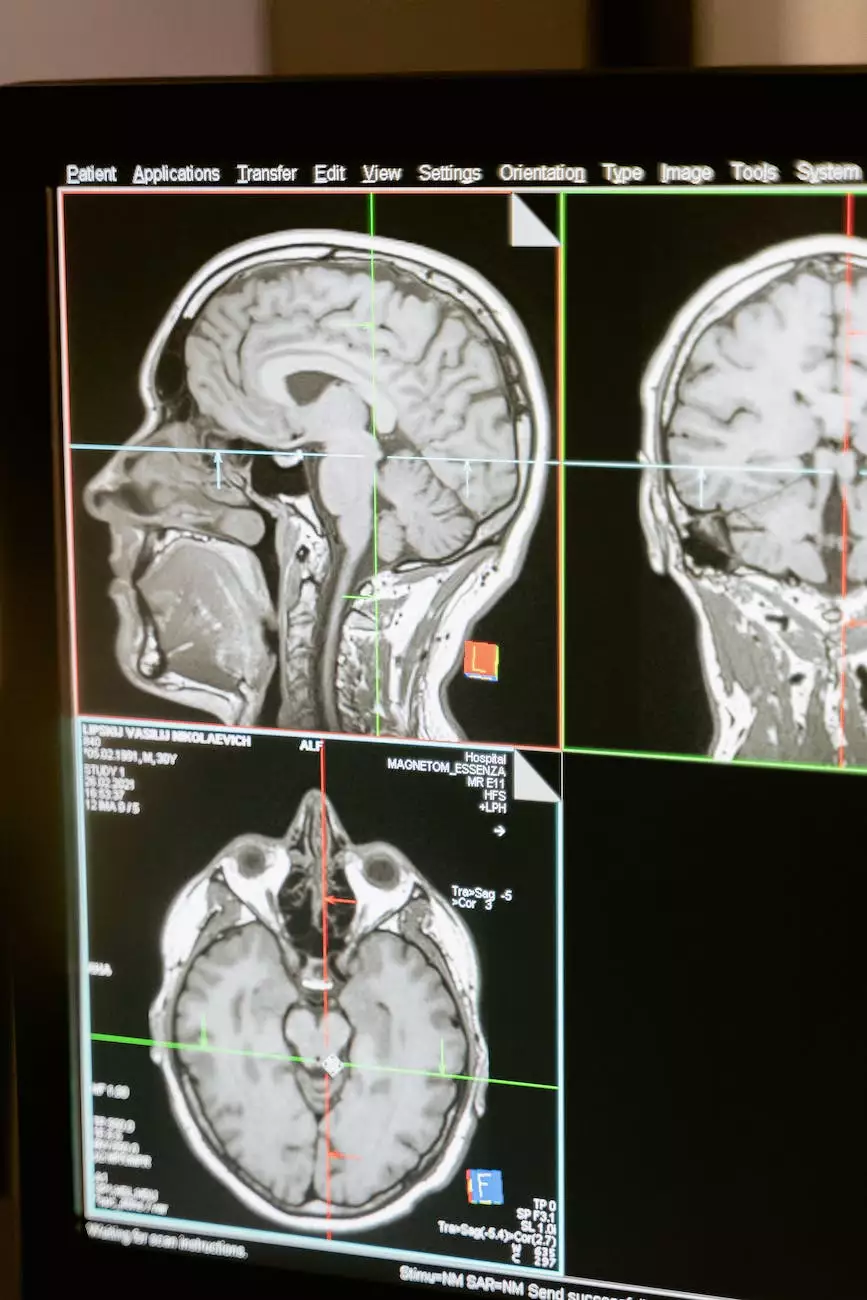Let's Set Our Sights on Glaucoma
Injuries
Welcome to Pain Cream Advisors, your premier resource for comprehensive information about glaucoma. As a trusted leader in the health industry, we are dedicated to providing you with expert guidance, valuable insights, and effective solutions for managing glaucoma. In this article, we will delve into the causes, symptoms, treatments, and preventive measures related to glaucoma, shedding light on this prevalent eye condition.
The Basics of Glaucoma
Glaucoma is a complex eye disorder that affects millions of people worldwide. It is characterized by increased intraocular pressure (IOP), which can lead to optic nerve damage and vision loss if left untreated. There are different types of glaucoma, including open-angle glaucoma, angle-closure glaucoma, and normal-tension glaucoma.
Causes and Risk Factors
While the exact cause of glaucoma remains unclear, several factors contribute to its development. One of the primary causes is an imbalance in the production and drainage of aqueous humor, the fluid that nourishes the front part of the eye. Other risk factors include:
- Elevated intraocular pressure
- Family history of glaucoma
- Advanced age
- Thin corneas
- Certain medical conditions like diabetes and hypertension
Signs and Symptoms
Early-stage glaucoma often doesn't present with noticeable symptoms, making regular eye exams crucial for early detection. However, as glaucoma progresses, individuals may experience:
- Gradual loss of peripheral vision
- Tunnel vision
- Blurred vision
- Halos around lights
- Severe eye pain
- Headaches
Treatment Options
Timely intervention is essential for managing glaucoma and preventing further vision loss. Treatment options may vary depending on the type and severity of glaucoma, but common approaches include:
Medications:
Eye drops, oral medications, and medical implants can help reduce intraocular pressure and control glaucoma progression. Regular usage and adherence to prescribed dosage are crucial for optimal efficacy.
Laser Surgery:
Laser trabeculoplasty, iridotomy, and cyclophotocoagulation are minimally invasive procedures that can improve the drainage of aqueous humor or create a new channel for fluid to flow, thus lowering intraocular pressure.
Microsurgery:
In cases where medication and laser surgery are insufficient, microsurgical procedures like trabeculectomy, drainage implant surgery, and minimally invasive glaucoma surgery (MIGS) may be recommended. These surgical interventions aim to create a new drainage pathway for excess fluid, reducing intraocular pressure.
Preventing Glaucoma
While glaucoma cannot be completely prevented, certain measures can aid in early detection and minimize the risk of vision loss. Here are some proactive steps you can take:
Regular Eye Exams:
Annual comprehensive eye exams are essential, especially for individuals at a higher risk of developing glaucoma. These exams help detect any changes in your eye health, including increased intraocular pressure.
Healthy Lifestyle Choices:
Maintaining a balanced diet, exercising regularly, avoiding smoking, and managing underlying systemic conditions like diabetes and hypertension can contribute to overall eye health and reduce the risk of glaucoma.
Protective Eyewear:
Wearing appropriate protective eyewear, such as safety goggles, when engaging in high-risk activities or sports, can safeguard your eyes from potential injuries that could lead to glaucoma.
At Pain Cream Advisors, we understand the challenges associated with glaucoma and aim to empower individuals with knowledge and resources to effectively manage this condition. Our team of experts is committed to providing you with the latest information, treatment options, and preventive strategies to ensure optimal eye health. Trust us to be your guiding light in the journey of glaucoma management.










